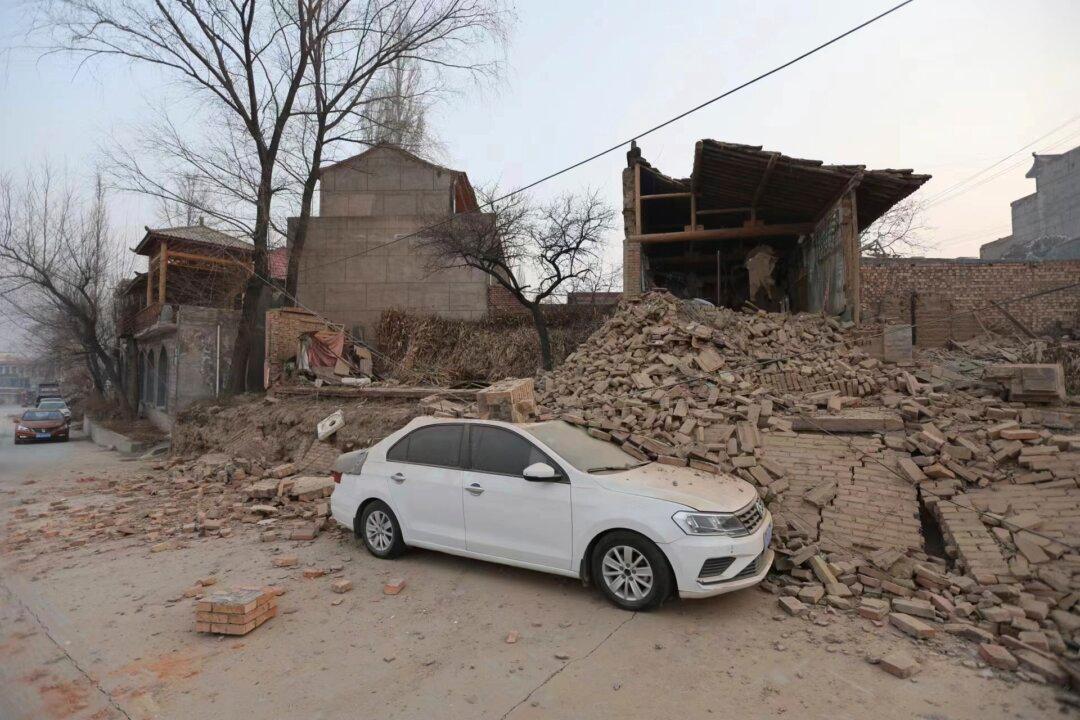A strong overnight earthquake rattled a mountainous region of northwestern China, authorities said Tuesday, destroying homes, leaving residents out in a below-freezing winter night, and killing at least 127 people.
The magnitude 6.2 earthquake struck just before midnight on Monday, injuring more than 700 people, damaging roads and knocking out power and communication lines in Gansu and Qinghai provinces, officials and Chinese media reports said.




